What Is So Special about Sourdough Bread: Rising to Perfection
Suppose you have ever eaten sourdough bread before and just can’t describe the flavors that are swirling around in your mouth or you have never seen a loaf of that sour goodness in your life. In that case, this article will have the answers you are looking for when it comes to wondering, What does sourdough bread taste like?
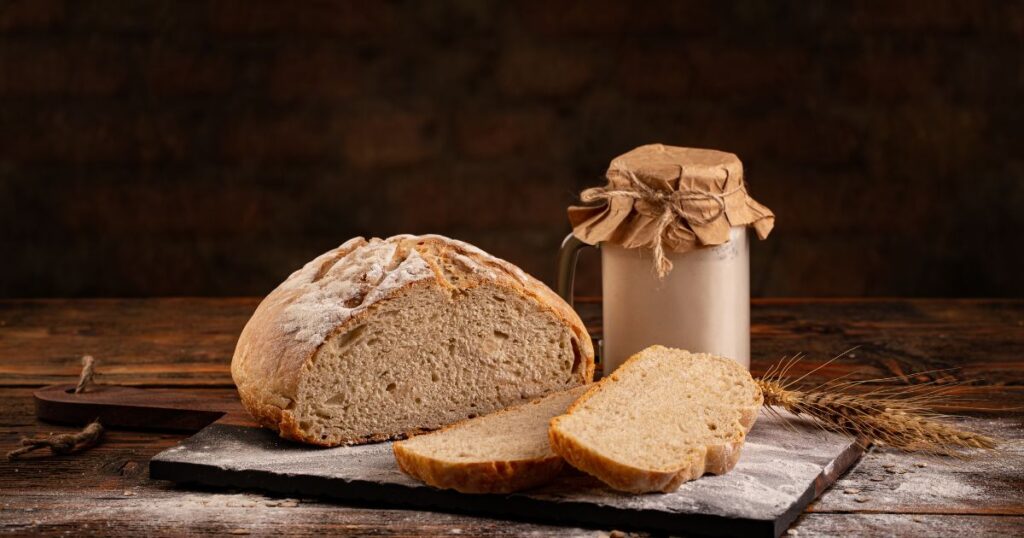
Crafting Taste, One Loaf at a Time
What does sourdough bread taste like? It’s a question that invites us to explore the nuanced world of flavors that unfold in every bite. Imagine a melody of sour notes, a whisper of sweetness, and an earthy undertone—a composition that only time and meticulous craftsmanship can deliver.
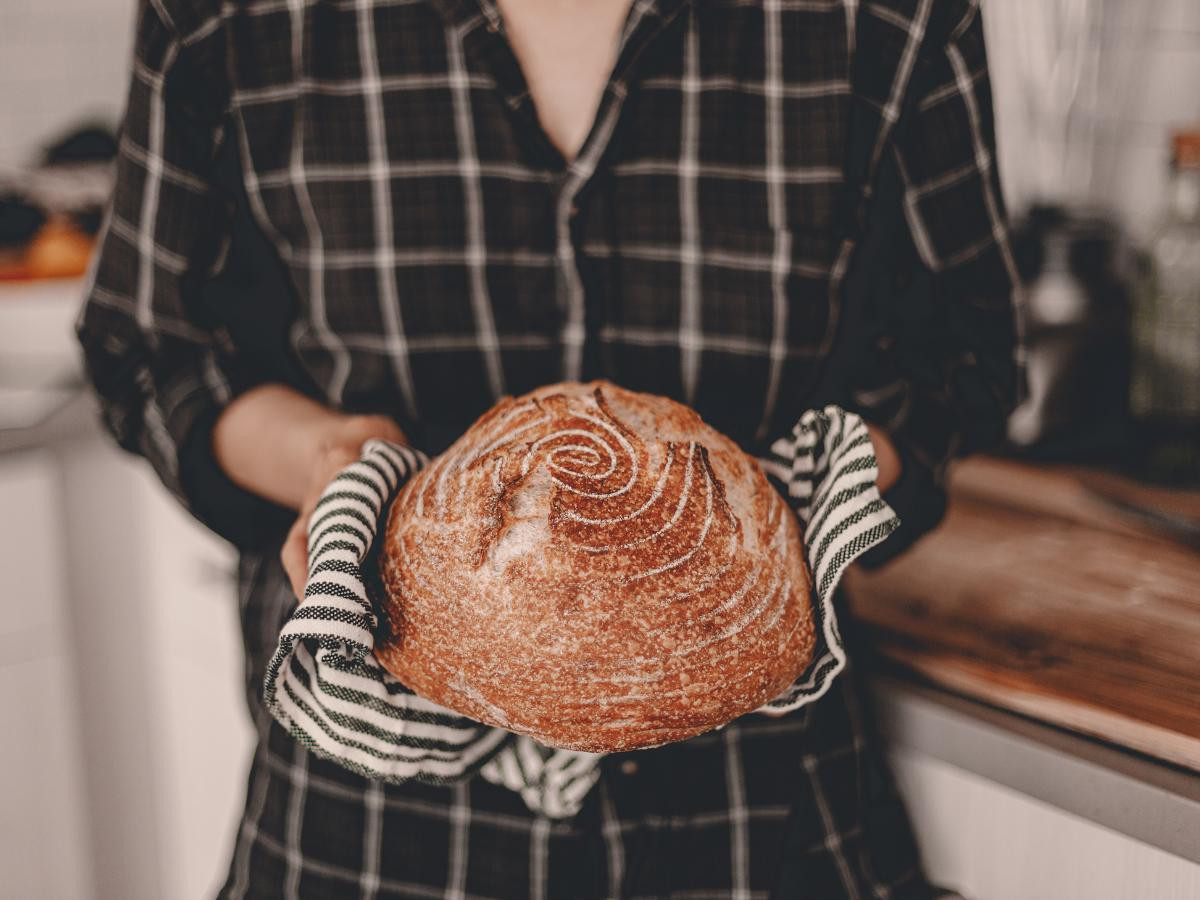
In my 30 years as an executive chef, one art form has continually stolen the limelight on my kitchen stage—the enchanting world of sourdough bread.
Sourdough is more than a loaf; it’s a testament to the craft, an ode to tradition, and a legacy passed down through generations. It’s the embodiment of patience, skill, and an unwavering passion for the alchemy of fermentation.
If you have never tried sourdough bread before but are intrigued to try that is what I’m here for. I will answer the compelling question that echoes through the corridors of kitchens worldwide: What does sourdough bread taste like? Is it actually Sour?
The complexity, the nutty whispers, and the subtle sweetness—the secret lies in the patient fermentation that allows these flavors to harmonize into a culinary masterpiece that gives that sourdough taste.
In my personal opinion there is no better way in the culinary world to bake a loaf of sourdough then a Dutch Oven. The searing heat, the perfectly trapped steam, and the harmonious rise within its confines contribute to the unmistakable character of a well-baked sourdough bread.
Get Creative and add some flavor twists to counteract the sour flavor. Bake a fresh loaf of dutch oven rosemary parmesan bread, serve it with your favorite soup or sauce, or eat it fresh with a melted slice of butter. Thank me later!
Table of Contents
What Does Sourdough Bread Taste Like?
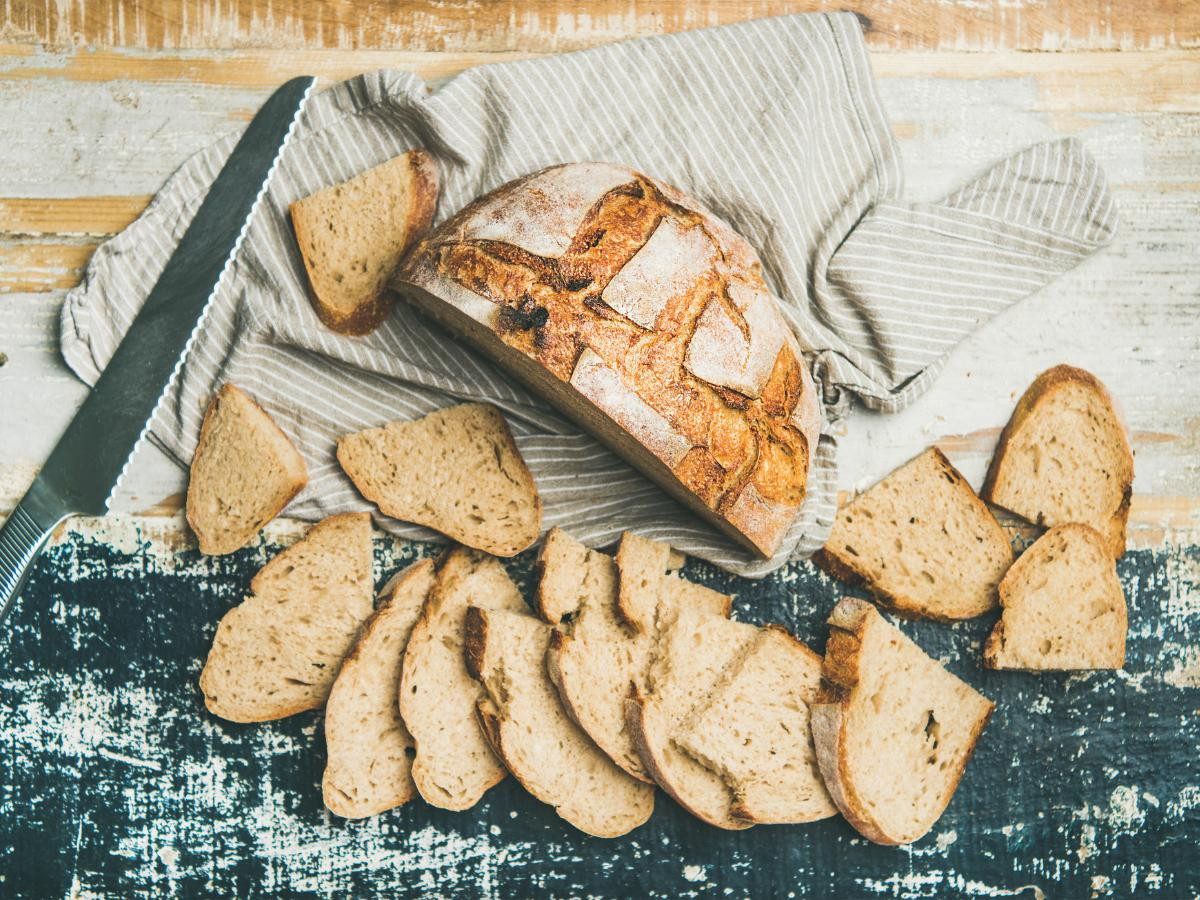
As you take that first bite, imagine the nuanced complexity unfolding. There’s an earthy undertone reminiscent of fresh, whole grains, delivering a rustic richness that sets sourdough bread apart. Subtle nutty whispers compliment this, akin to roasted almonds, adding layers of depth to the experience.
Surprisingly, there’s a sweet caress in every mouthful. It’s a gentle sweetness that adds subtle notes of honey or the mellow sweetness in a well-aged balsamic vinegar. This sweetness is a counterpoint to the sour flavor, creating a delicate balance that elevates the flavor profile.
Now, consider the texture. A well-baked sourdough bread boasts a crispy crust that shatters delicately with each bite, akin to the satisfying crunch of a perfectly toasted artisanal cracker. Contrast this with the chewy, substantial crumb inside—sourdough bread tastes similar to the satisfying chewiness of a baguette but with a heartier, more robust character.
Sourdough bread has a distinctive and complex flavor profile that sets it apart from other types of bread. The tangy flavor of sourdough results from the fermentation process used to make sourdough breads, which involves naturally occurring wild yeast and lactobacilli bacteria.
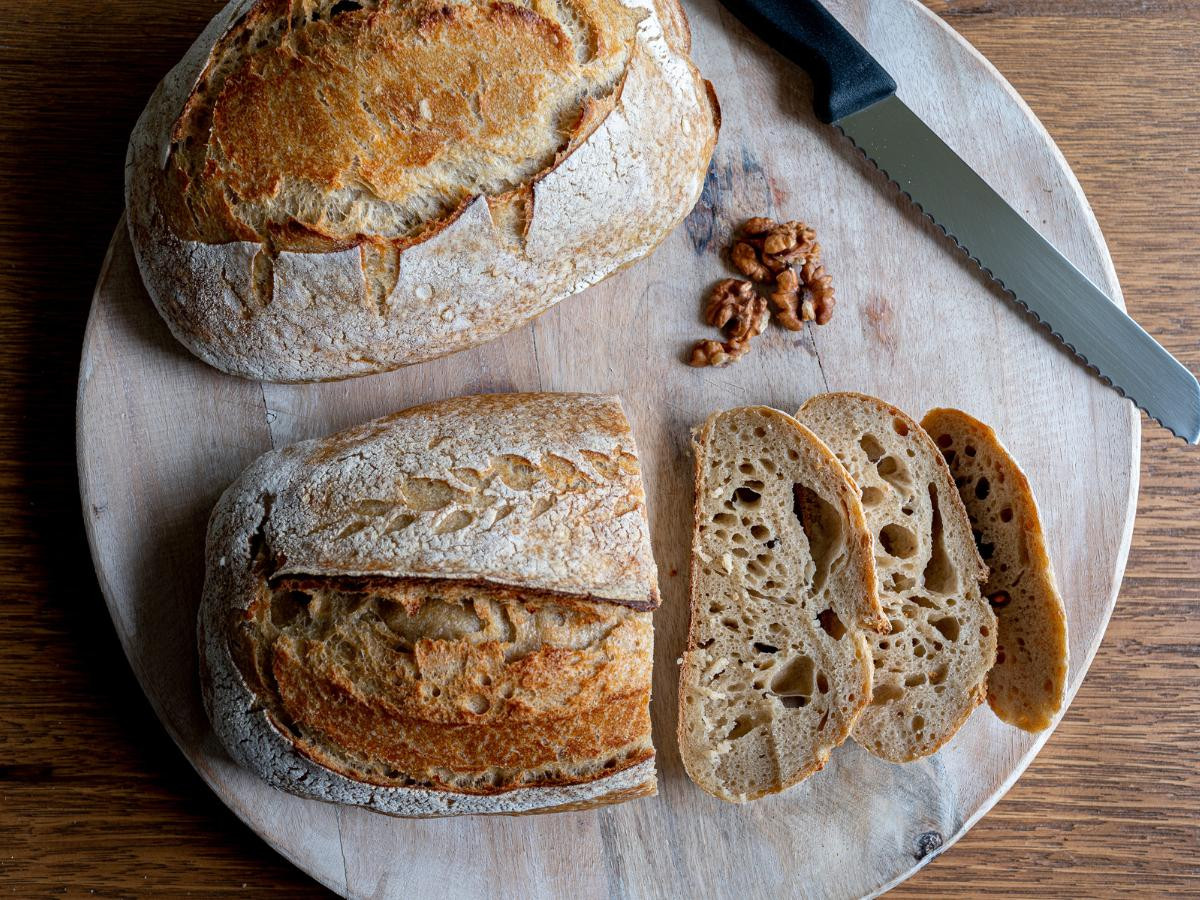
The exact taste of sour bread can vary widely depending on the specific recipe, the type of flour used, the hydration of the dough, and the fermentation conditions. This variety is part of what makes sourdough such a beloved and diverse bread.
Sourness
With a name like this, is all sourdough bread supposed to taste sour? Sourdough bread is known for its sour taste, but the level of sourness can vary depending on the fermentation time and conditions. Some yeasted bread, like sourdough bread, has a mild tang, while others with a more sour flavor can be assertive and tangy. The sour flavor comes from the lactic acid produced during fermentation.
Complexity
Sourdough offers a depth of flavor that comes from the fermentation of the dough over an extended period. This complexity results from the interaction between the wild yeast, lactic acid bacteria, and the flour. The longer fermentation allows for the development of a broader range of flavors.
Nutty and Earthy Notes
Sourdough often has subtle nutty and earthy undertones. These flavors arise from the fermentation of whole grains and the natural compounds present in the flour.
Hint of Sweetness
Contrary to its name, sourdough bread isn’t exclusively a sour loaf. Many people find it also has a subtle sweetness, especially in the background. This sweetness is a result of the natural sugars present in the flour that are broken down during fermentation.
Chewiness
The texture of sourdough bread is another crucial aspect of its taste experience. A well-made sourdough has a chewy and slightly dense crumb, with a crispy crust. The crust may have its unique flavor, often enhanced by baking.
Yeastiness
Sourdough has a distinct yeastiness different from bread made with commercial yeast. This yeastiness contributes to the overall aroma and taste of the homemade bread itself.
Malty Undertones
Some sourdoughs may have malty undertones, especially those made with darker or a mix of flours. This adds a rich and almost caramel-like flavor to the sourdough bread.
Aroma
The aroma and flavor of sourdough is robust and enticing. It can be described as a mix of fermented notes, a hint of sweetness, and the wholesome scent of freshly baked bread.
Overall Mouthfeel
Sourdough bread typically has a hearty and satisfying mouthfeel. The crust provides a crispiness, while the interior is chewy, creating a delightful contrast.
What Should a Sourdough Starter Taste Like?

A well-cultivated sourdough starter, often affectionately dubbed the “mother” or “levain,” is a living entity with a distinct flavor profile that mirrors the intricate dance of wild yeast and lactobacilli bacteria within its bubbly embrace.
So, what should a sourdough starter taste like? Let’s delve into the nuanced palate of this culinary cornerstone.
1. Tanginess: The hallmark of a thriving sourdough starter is its distinctive tanginess, a harmonious result of lactic acid production during fermentation. This tangy note, akin to a gentle sourness, indicates the robust health of more bacteria in your starter.
2. Yogurt-Like Notes: You might discern yogurt-like flavors as you savor a spoonful of your mature starter. This creamy quality stems from the lactic acid bacteria, reminiscent of the cultures found in a bowl of freshly made yogurt.
3. Mild Sweetness: Contrary to its name, a sourdough starter surprises the palate with a mild sweetness. This sweetness, a product of the wild yeast fermenting the sugars in the flour, balances the tanginess.
4. Subtle Fruity Undertones: Some starters unfold subtle fruity undertones in the fascinating world of sourdough alchemy. Picture the delicate sweetness of a pear; these nuanced fruity notes add complexity and a touch of elegance to the overall sourdough flavor symphony.
5. Nutty or Earthy Undertones: The choice of flour plays a role in shaping your starter’s flavor. Whole grain flours, for instance, may introduce nutty or earthy undertones, enriching the taste profile and providing depth to the overall experience.
6. Consistency: A healthy sourdough starter maintains a consistent flavor profile. Any sudden shifts in active sourdough starter could be a signal to assess its well-being, as changes in taste may indicate shifts in microbial balance.
7. Sometimes, a Hint of Pear: A well-developed starter occasionally unveils a hint of pear-like sweetness in culinary surprises. This delightful twist in flavor arises from the intricate interplay of fermentation dynamics and the unique microbial community in your starter.
The taste of your own sourdough bread starter is a canvas painted by factors such as flour selection, hydration levels, and environmental conditions.
Regular feeding, a consistent schedule, and attentive care contribute to a flavor-rich sour starter that becomes the heart of your artisanal sourdough bread recipes.
The Closing Loaf: A Dealiciousness Conclusion Summary
What does sourdough bread taste like? Contrary to its name, it doesn’t taste sour; it’s a complex interplay of flavors. Imagine the rustic richness of fresh, whole grains, the satisfying crunch of a perfectly toasted crust, and a chewiness that rivals the heartiest baguette.
In Conclusion sourdough bread, When stored correctly and properly in an airtight container, sourdough bread can be used for various recipes and leftover dishes. You can also enjoy yesterday’s made sourdough starters or loaf toasted in the oven with your bacon and egg breakfast.
The living entity known as the “mother” or “levain”? It’s a canvas painted with tanginess, yogurt-like lemon juice notes, mild sweetness, subtle fruity undertones, and even a hint of pear-like sweetness.
FAQ and Additional Information
What is the Taste and Texture of Sourdough bread?
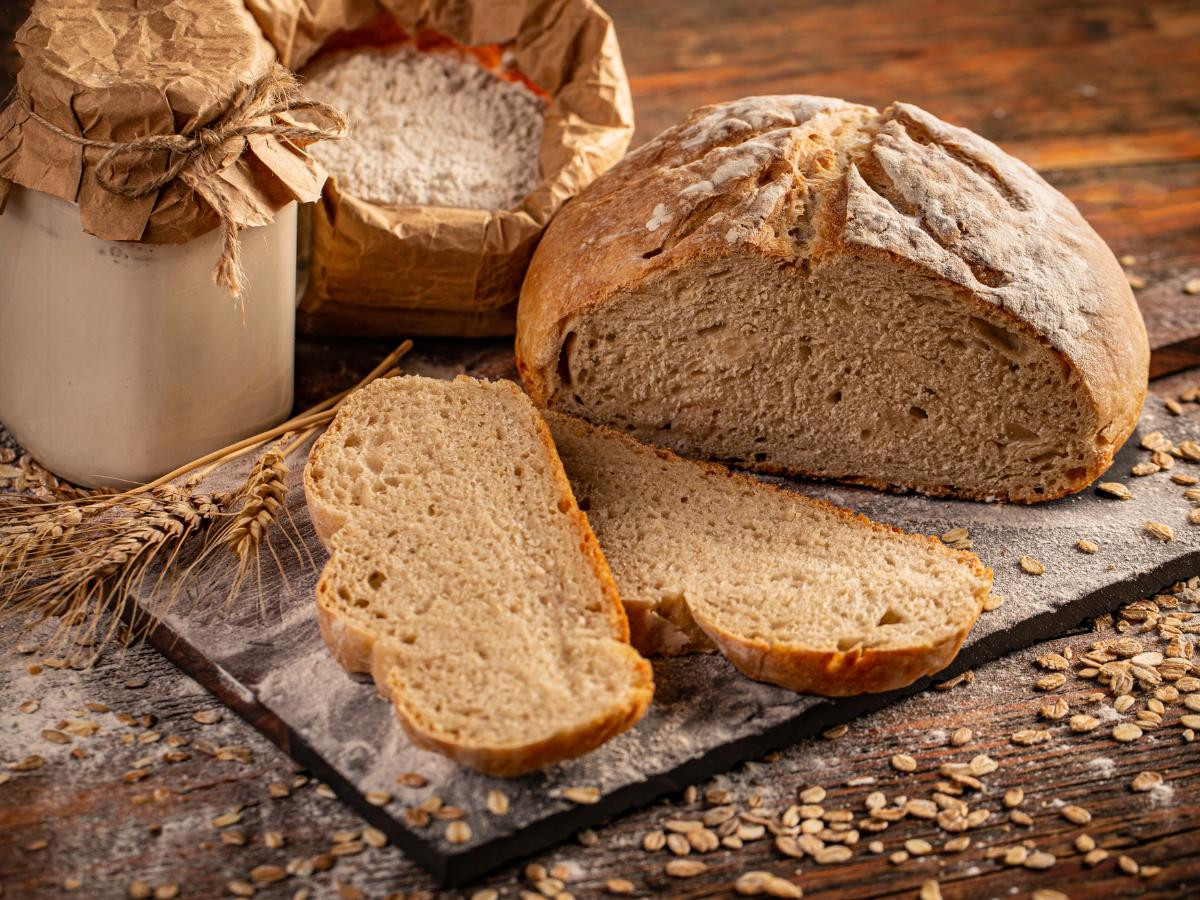
The taste and texture of sourdough and bread dough are distinctive and contribute to its widespread popularity. Here’s a breakdown of both aspects:
Taste:
Sourness: As the name suggests, sourdough bread has a characteristic sour taste, The level of sourness can vary greatly, ranging from mild to assertive. This sour flavor develops during the fermentation process, primarily due to the production of lactic acid.
Complexity: Sourdough offers a rich and complex flavor profile. The extended fermentation period allows for a broad range of flavors, making it more intricate and nuanced than bread made with commercial yeast.
Nutty and Earthy Notes: Sourdough often exhibits subtle nutty and earthy undertones. These flavors arise from the fermentation of whole grains and the natural compounds in the flour used in the dough.
Hint of Sweetness: Despite its name, sourdough is not exclusively sour. Many people detect a subtle sweetness in the bread. This sweetness results from the natural sugars present in the flour that are broken down during fermentation, creating a delicate balance with the acetic acid strongly sour flavor .
Malty Undertones: Some sourdough varieties may have malty undertones, especially those made with darker or a mix of flours. This can add a rich and almost caramel-like flavor to the bread.
Texture:
Crust: A well-baked sourdough typically boasts a crispy crust. The crust shatters delicately with each bite, providing a satisfying crunch that enhances the overall texture of the bread.
Crumb: The interior, known as the crumb, has a chewy and slightly dense texture. It contrasts with the crispiness of the crust, offering a delightful balance in each bite.
Chewiness: Sourdough’s chewy texture is a crucial aspect of its overall mouthfeel. This chewiness is a result of the gluten structure formed during fermentation, giving the bread a hearty and satisfying feel.
Yeastiness: Sourdough has a distinct yeastiness that sets it apart from bread made with commercial yeast. This yeastiness contributes to the overall aroma and taste of the bread.
In summary, sourdough bread delights the senses with its combination of sour, sweet, nutty, and earthy flavors, complemented by a crispy crust and a chewy, satisfying crumb. The taste and texture of sourdough result from the intricate fermentation process and the use of natural wild yeast and lactobacilli bacteria.
Should you toast sourdough bread?
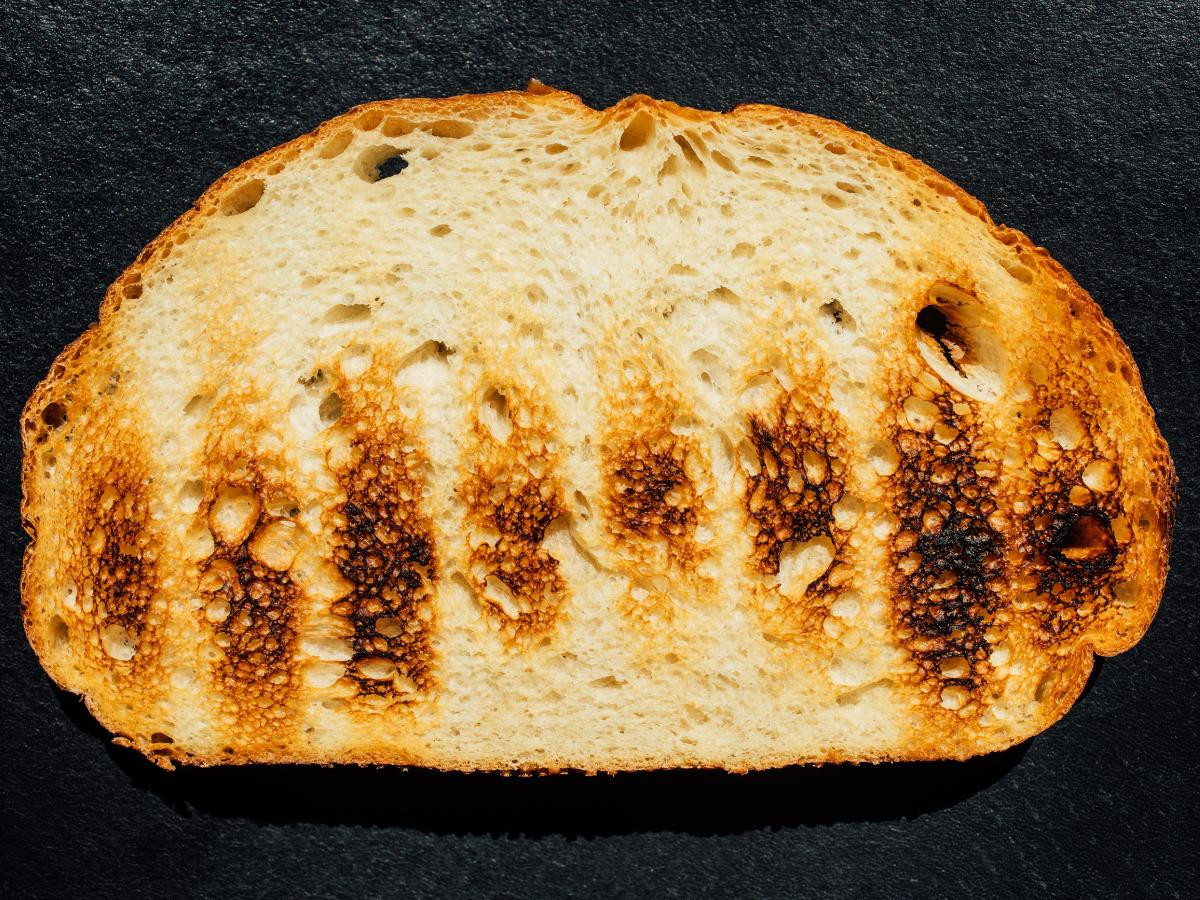
Some individuals may prefer sourdough’s natural, untoasted state to fully appreciate its original texture and flavors. Ultimately, it depends on your taste preferences and how you plan to enjoy the bread. Feel free to experiment with toasted and untoasted versions to discover which suits your palate best.toasting sourdough bread can enhance its flavors and texture in several ways:
Crispy Texture: Toasting sourdough bread can add a layer of crispiness to its delightful crust. The heat from toasting can create a satisfying crunch, especially on the outer edges.
Enhanced Nutty and Roasty Flavors: The toasting process can bring out the nutty and roasty undertones present in sourdough, adding depth to its flavor profile. This is particularly noticeable in the crust.
Customization: Toasting allows you to customize the level of crunchiness to your liking. Whether you prefer a lightly toasted exterior or a more robust crunch, you have control over the toasting duration.
Reviving Stale Sourdough: If your sourdough bread has become slightly stale, toasting can revive it by imparting freshness and returning some of its original texture.
Ideal for Toppings: Toasted sourdough makes an excellent base for various toppings. Whether you’re spreading butter, jam, avocado, or creating a savory sandwich, the toasty surface can provide a sturdy and flavorful foundation.

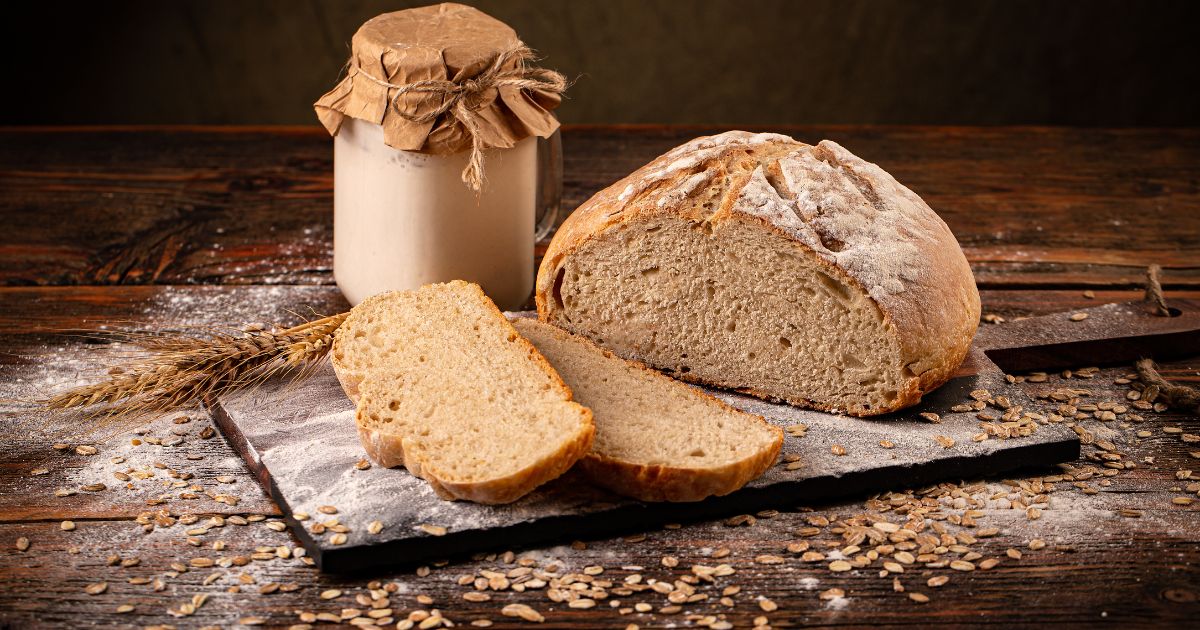






3 Comments